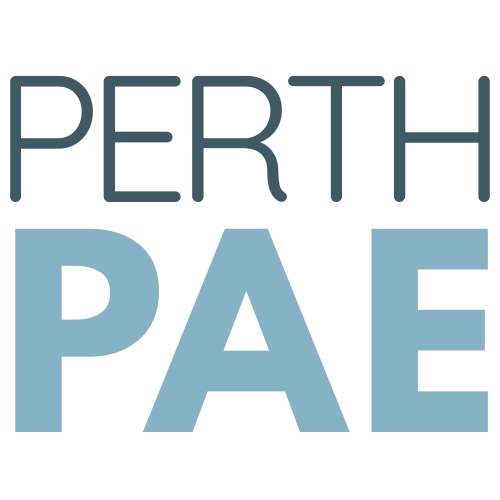Frequently Asked Questions
The specialists at Interventional Radiology WA have provided answers to some of the most common questions about BHP and PAE. If you have a question not answered here, please get in touch.
-
BHP is characterised by the non-malignant enlargement of the prostate gland and can often lead to bothersome lower urinary tract symptoms (LUTS) which significantly impacts your quality of life.
-
Common symptoms of BHP include:
Frequent or urgent need to urinate.
Urinating more often at night than what was previously normal.
Having trouble when starting to urinate, requiring you to strain.
Weak urine stream, or a stream that stops and starts.
Dribbling at the end of urination.
Not being able to fully empty your bladder.
-
Lifestyle Changes
Medication
PAE
Surgery
PAE is effective and safe with minimal impact on sexual function. This treatment is more effective than lifestyle changes and medication, with fewer sideeffects than surgery.
-
Embolisation is a medical technique that involves the deliberate blocking of a blood vessel, by the introduction of emboli.
In the case of PAE, an embolisation is performed on the prostatic arteries which are responsible for supplying blood to the prostate gland.
By obstructing these arteries with embolic agents, PAE aims to induce ischemic necrosis (a type of cell death) and subsequent shrinkage of the prostate gland, thereby alleviating urinary symptoms.
LEARN MORE -
PAE provides an effective, safe and minimally-invasive option. Some of the benefits are:
Effective relief from symptoms while avoiding some of the potential risks and side effects associated with surgery and medication.
Durable relief.
Safely repeatable if necessary.
Does not preclude other medical or surgial therapys.
Does not involve a general anaesthetic, making it particularly well-suited for men with significant comorbidities.
Short recovery time. Most patients are discharged day of the procedure.
Over twenty years of research demonstrating saftey and efficacy.
Men with BPH and also on anticoagulation can undergo a PAE without ceasing their blood thinners, and the potential bleeding complications associated with anticoagulation and surgery are also avoided.
Extremly low risk of sexual disfunction.
No risk of incontinence.
-
The procedure is typically performed by an interventional radiologist under local anaesthesia and conscious sedation, with guidance from fluoroscopy and angiography.
During the procedure, a catheter is inserted into the arteries providing blood to the prostate by an interventional radiologist using imaging guidance.
This precise method allows the interventional radiologist to inject small particles into these arteries to block the blood flow. After blocking the blood supply, the prostate will shrink.
Most men go home only a few hours after the procedure. -
After the procedure you will be monitored for a short time, but you can expect to be discharged the same day as the procedure.
You may experience some mild pain or discomfort for up to two weeks, but this can be managed with pain medication if required.
Some other short-term symptoms can include:
Increased urinary frequency.
A small amount of blood in your urine
Bruising around the needle site
Constipation.
It is recommended that go slow for a few days, avoiding strenuous exercise or hard labour.
There are risks of the procedure that are rare. These can be discussed with your Interventional Radiologist.
-
This procedure is for men who experience lower urinary tract symptoms, such as passing urine frequently, getting up at night to pass urine and straining to urinate.
As a first step, you can complete a Prostate Symptom Score questionnaire to see if PAE will help with your symptoms.
Other resources
If you are looking to learn more about BHP and PAE, explore some of the resources below:




